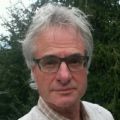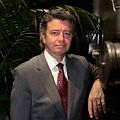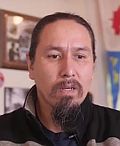FOUNDATIONAL CONCEPTS FOR ENHANCEMENT AND RESTORATION OF THE NATURAL COMMONS IN THE BUILT ENVIRONMENT: “The starting point for application of EAP, the Ecological Accounting Process, is recognition that local governments have existing tools in the form of policies and legislation for ‘maintenance and management’ (M&M) of ecological assets within riparian corridors,” wrote Tim Pringle, EAP Chair, in the report on the application of EAP to Shelly Creek on the east coast of Vancouver Island (February 2020)

“Until now, what local governments have lacked are a pragmatic methodology for financial valuation, and meaningful metrics that go to the heart of sustainable service delivery. EAP provides metrics that enable communities to appreciate the worth of ecological assets,” stated Tim Pringle. Six foundational and cascading concepts underpin the EAP methodology and provide a mind-map. The M&M acronym is a starting point for encouraging practitioners to think holistically about the relationship between hydrology and ecology.










